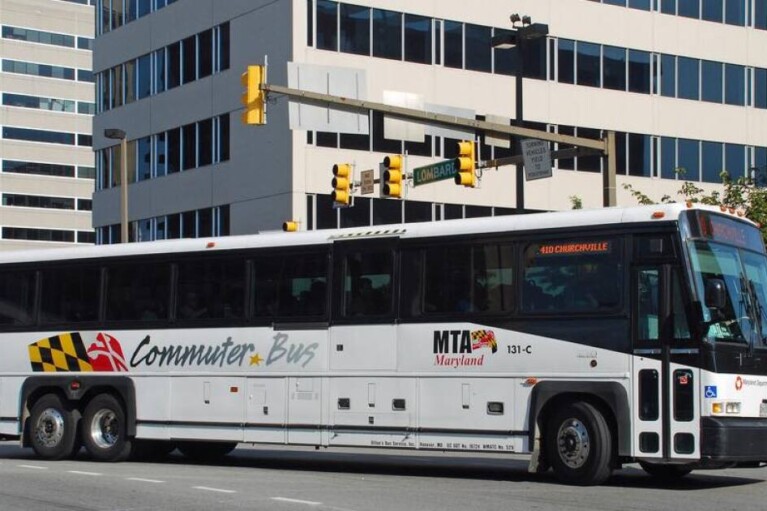Commentary: Language education is fundamental to economic, cultural vibrancy

By Owen Silverman Andrews and Scott Cooper
Owen Silverman Andrews is an English language learning instructional specialist at a Maryland community college and a student in the University of Virginia’s education doctoral program. Scott Cooper is a world languages professor at a Maryland community college and a Ph.D. candidate at Notre Dame of Maryland University.
West Virginia University’s pending decision to slash formal language learning programs on its campus is harmful to the economy, culture, and people of the Mountain State. But the harm extends beyond West Virginia students, teachers, workers, and entrepreneurs. In the context of decreasing state funding and increasing state meddling in higher education, the proposed cuts send a signal that language learning — without which all learning, not to mention commercial and cultural communication — is expendable. To the contrary, we know that language learning is essential, and describe the economic and cultural benefits when public education systems invest in it.
First, language learning and teaching are essential to a thriving local, globally networked economy. The American Council on the Teaching of Foreign Languages commissioned a 2019 survey of 1,200 U.S. employers to determine current needs for bilingual and multilingual individuals in the workforce. The survey revealed a significant gap between openings requiring foreign language communication skills and available employees prepared to fill them. It found nine in ten of these employers relied on employees with skills in languages other than English. Thirty-three percent of survey respondents noted this lack of language skills among job candidates, and 25% claimed to have lost business due to an inability to recruit personnel capable of communicating in key world languages. This represents sizable economic losses. Our nation is unlikely to reverse these trends on the strength of avid language app use alone. Quality language instruction at the K-12 and undergraduate levels are necessary to meet the demands of the surveyed employers, 56% of whom stated that their need for fluent employees would increase over the next five years. Forty-seven percent stated that this need was exclusively to fulfill demands of the domestic market, which highlights the fact that WVU grads will be able to find employment relying on their language skills close to home.
Second, language diversity is essential to a vibrant local, internationally interconnected culture. Social psychologists have found that when parents are exposed to a variety of languages in their communities, they are more convinced of the benefits of multilingualism for their children. In regions with low bilingualism, parents who had never studied another language in school were less certain about the value of having their children learn other languages. In highly multilingual areas, however, parents were just as likely to see the benefits of world language instruction as those who had previous language learning experiences. Research suggests exposure to other languages in addition to English corresponds to greater openness to world language education. Our nation’s flagship universities, among the world’s best, need to educate students for the careers of the future, and this future will be international.
Maryland has sustained a record of excellence in world language education at the K-12 and postsecondary levels. The University of Maryland College Park is home to the nation’s only flagship Persian program and one of only six flagship Arabic programs, which Congress created in 1991 to increase Americans’ competitiveness in the global arena. Morgan State University and the University of Maryland, Baltimore County bolster Maryland’s drive toward international excellence by providing instruction in African, East Asian, and South Asian languages. UMBC requires all undergraduates, not just those studying disciplines in the arts and humanities, to study a second language at the intermediate level. Maryland’s community colleges maintain programs in an impressive number of world languages, and Montgomery County Public Schools offers immersion programs in French, Spanish, and Mandarin at seven elementary schools. These are only a few examples of our state’s commitment to developing students’ communication skills, and they point to a cherished American saying: “You get what you pay for.” While there is more Maryland can do, such as valuing English language learning classes with equal credit as other world language classes, Maryland’s choice to invest in language learning has yielded significant returns.
At the turn of the 20th century, Scott’s grandfather’s home county in West Virginia had speakers of more than a dozen languages. As West Virginia’s extractive economy faltered later in the 1920’s and afterward, language diversity decreased. This is because immigrants move to areas of opportunity and then supercharge those economic pockets of opportunity.
West Virginia’s economic and educational problems are deeply rooted and complex. If WVU cuts language learning, through a process that clearly violates academic freedom and shared governance, it would cut a lifeline to rejuvenation. Other states and schools should not only maintain their language programs, but expand and better integrate multilingualism across all subjects.



